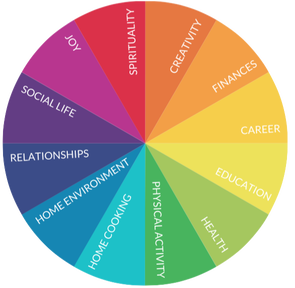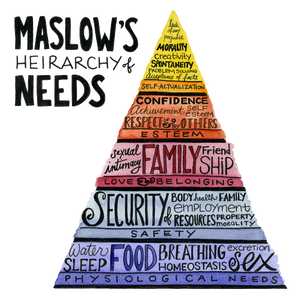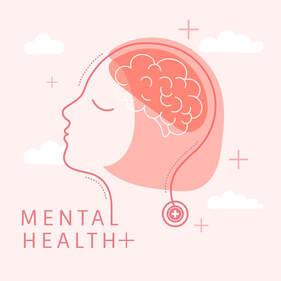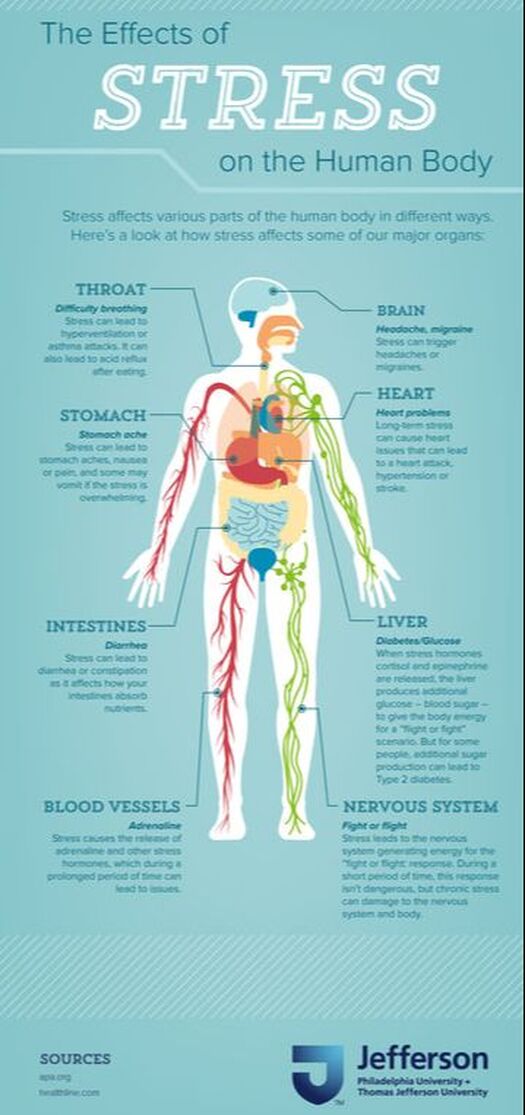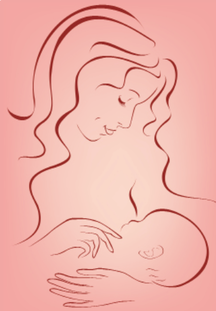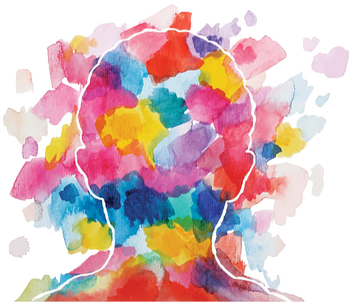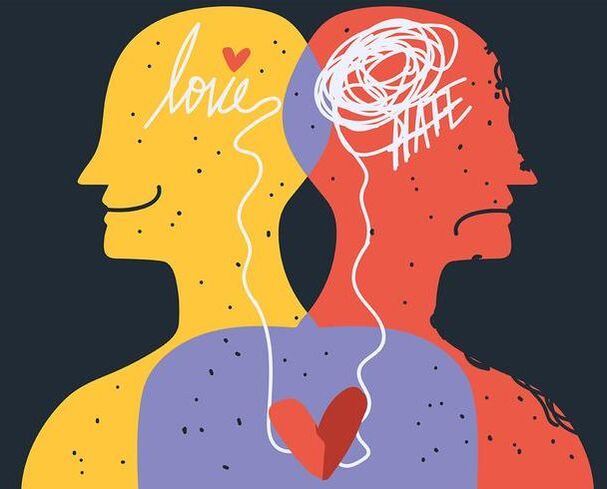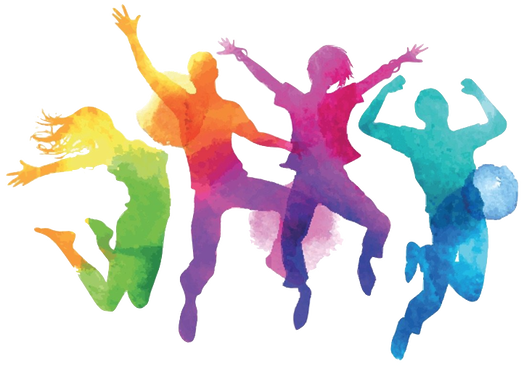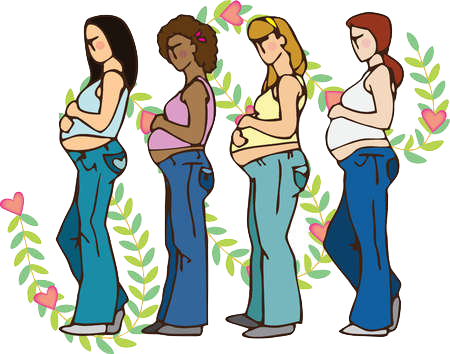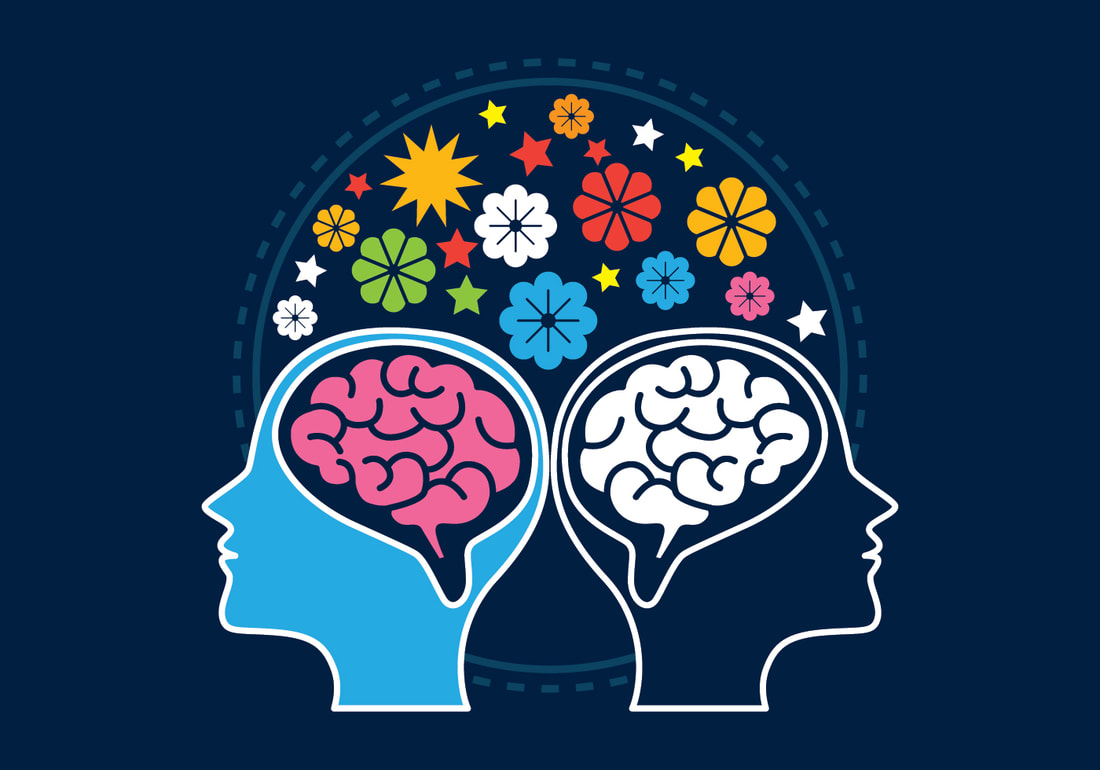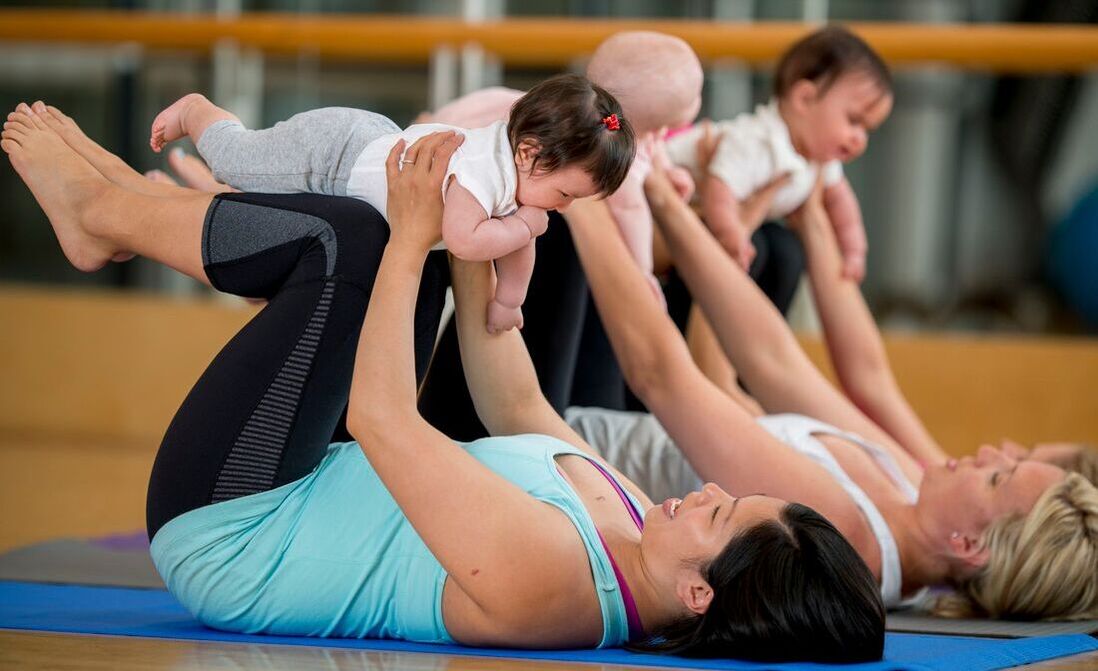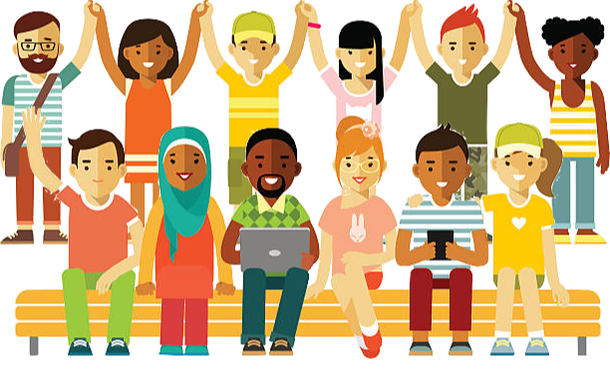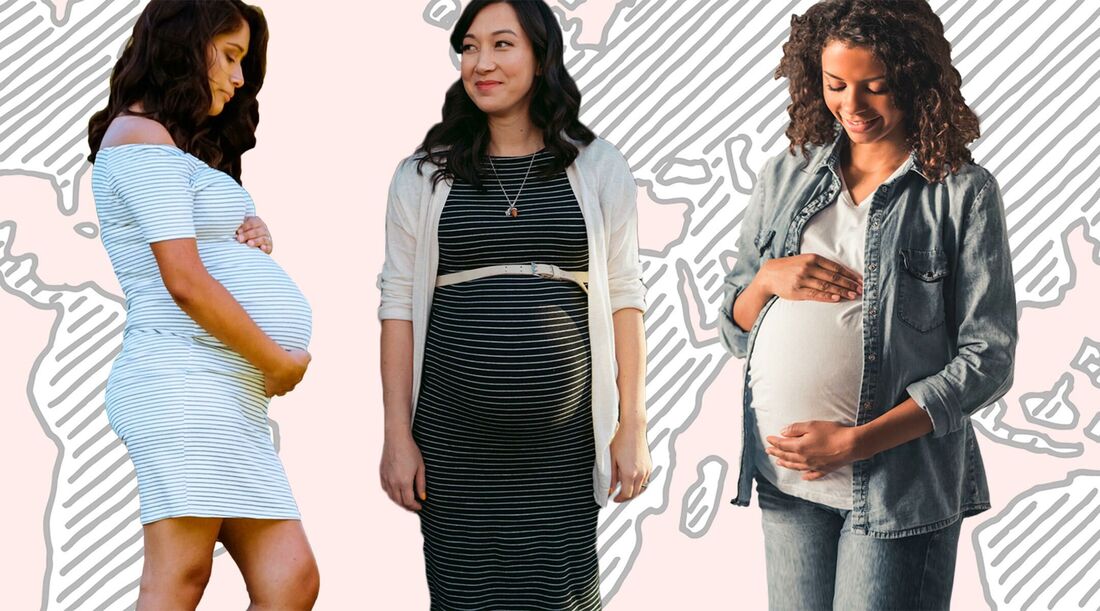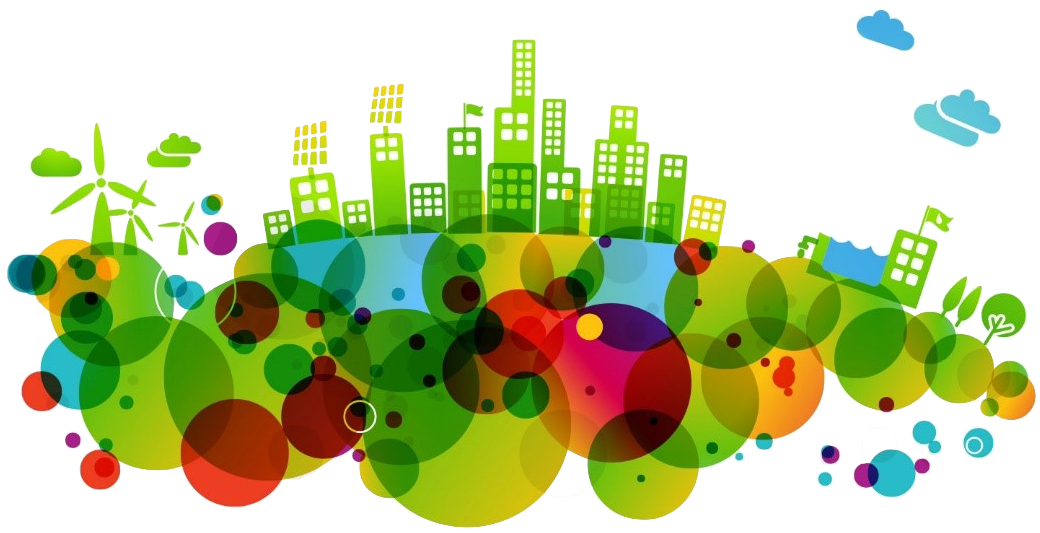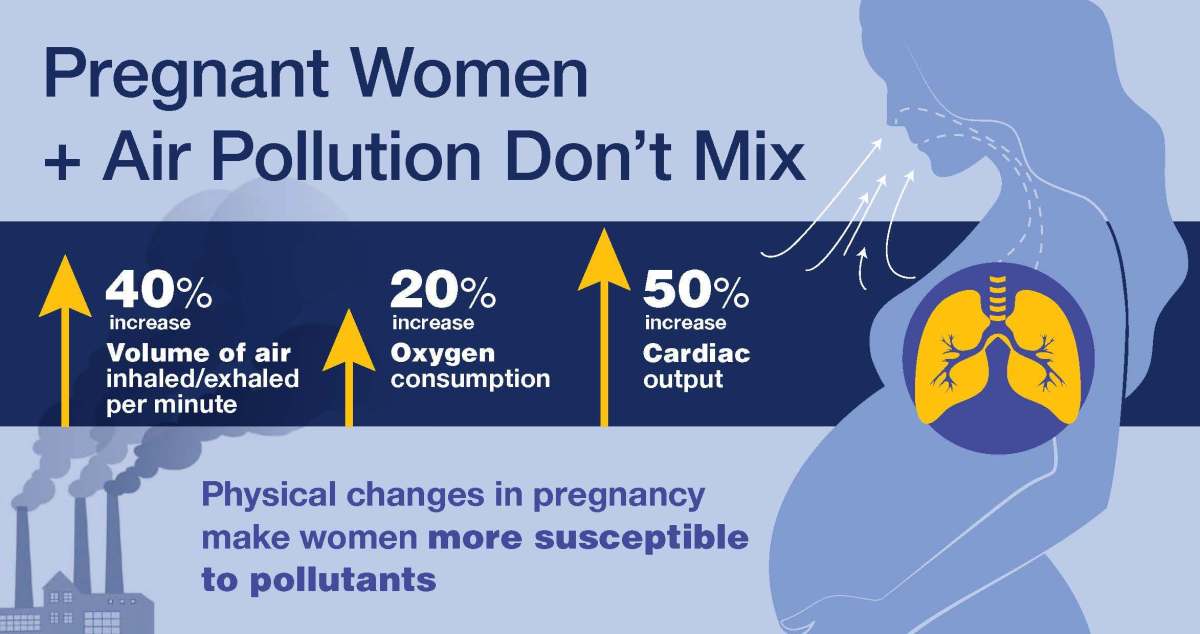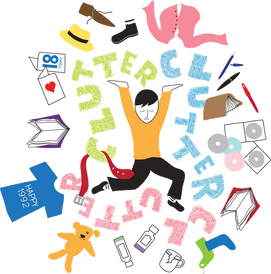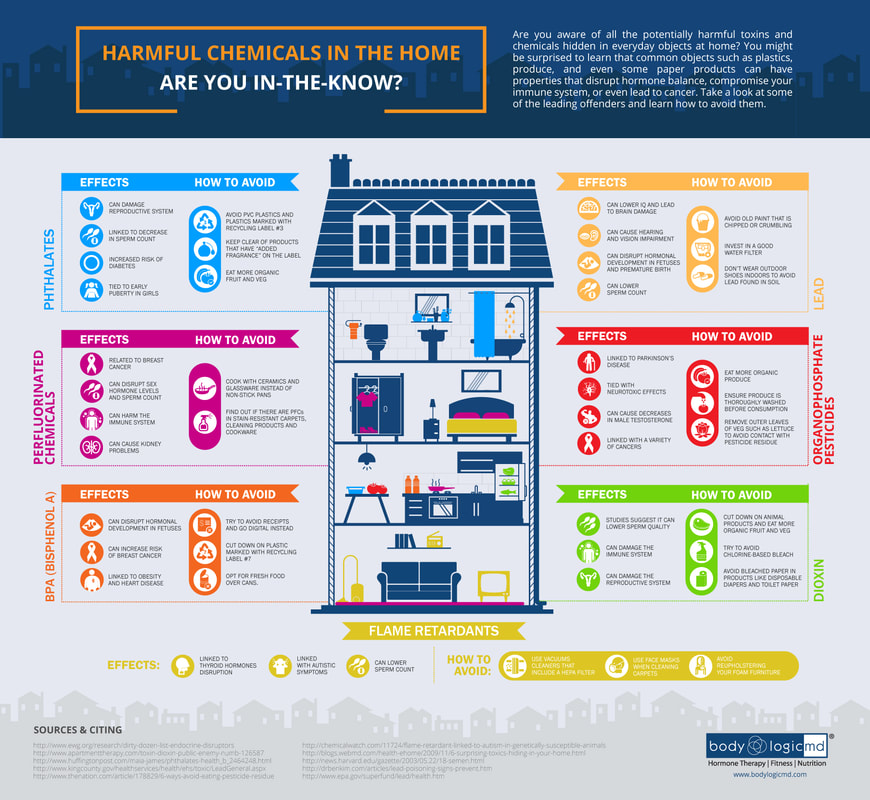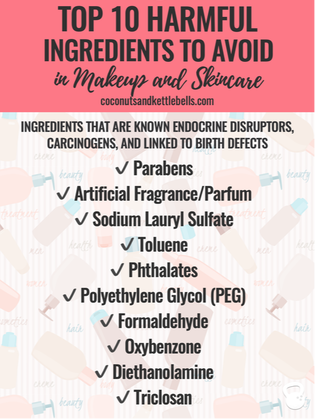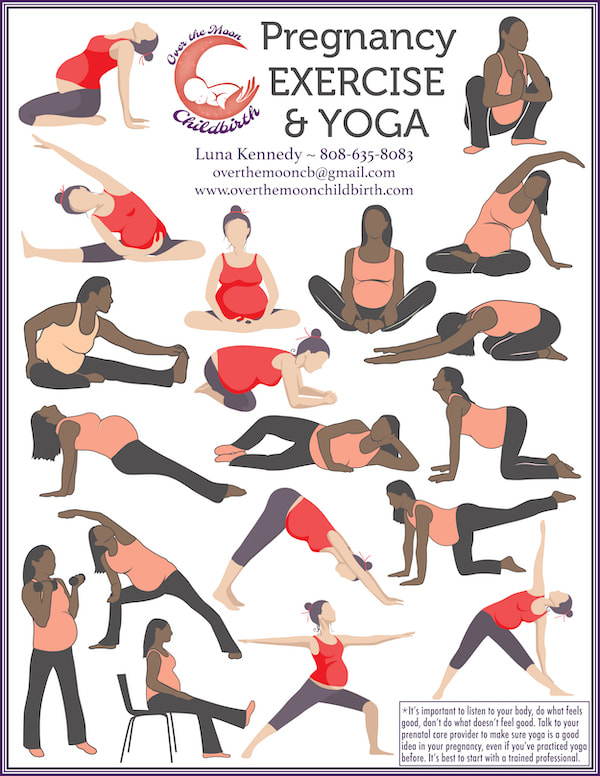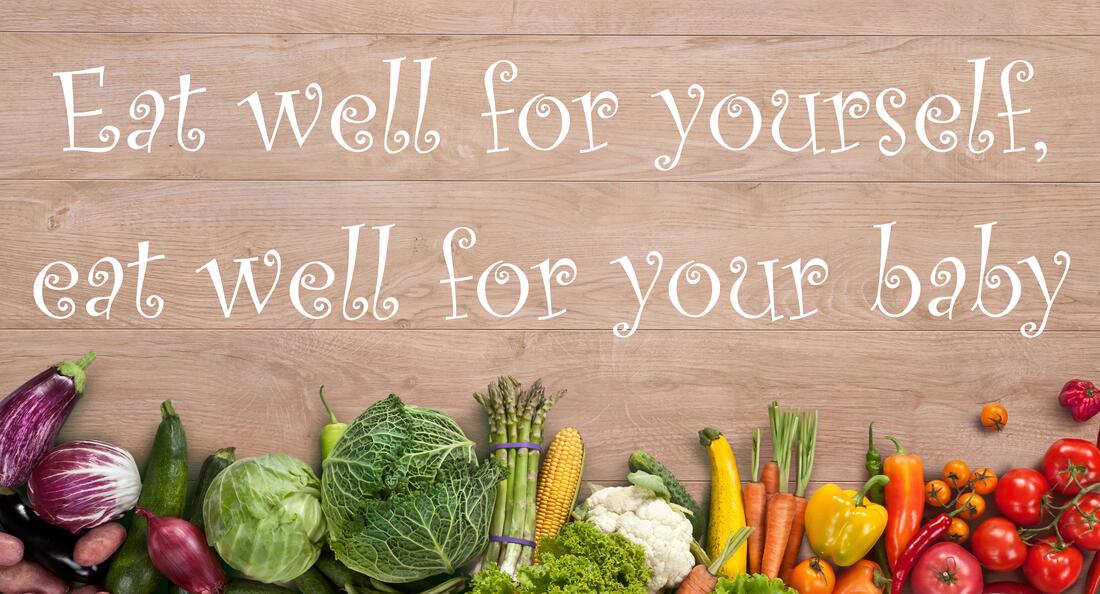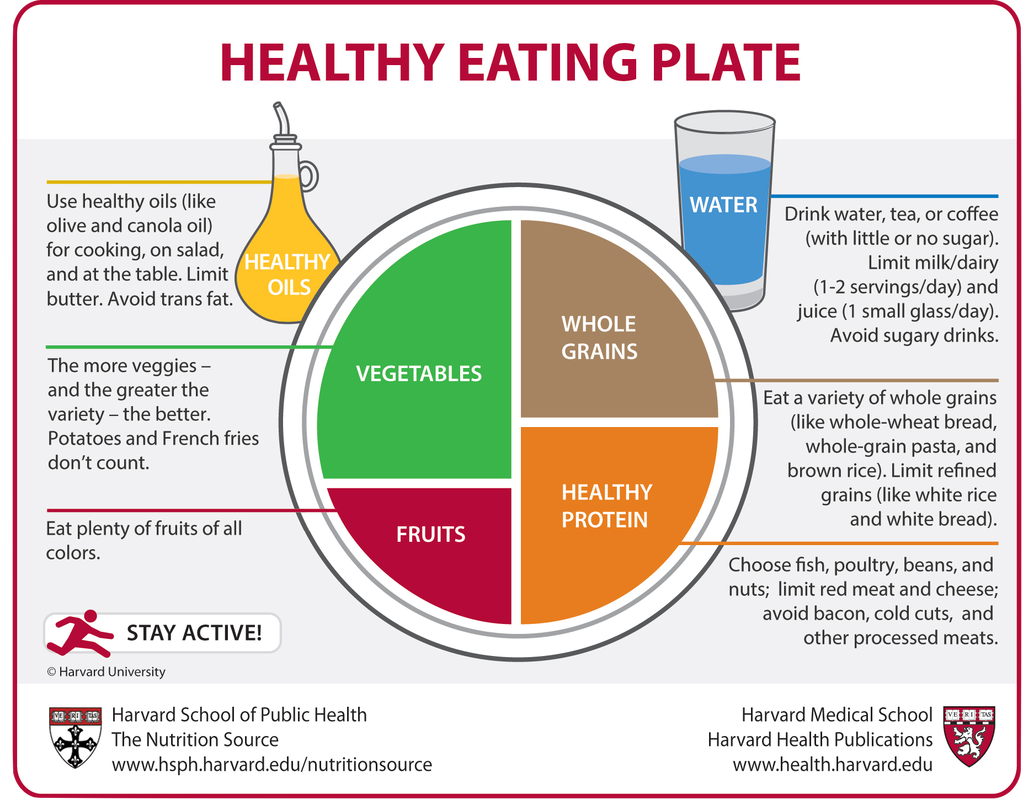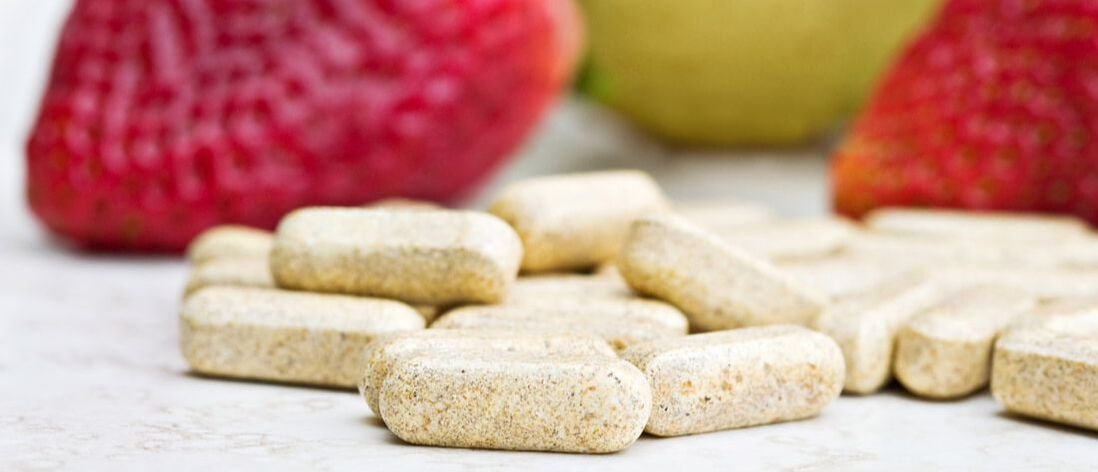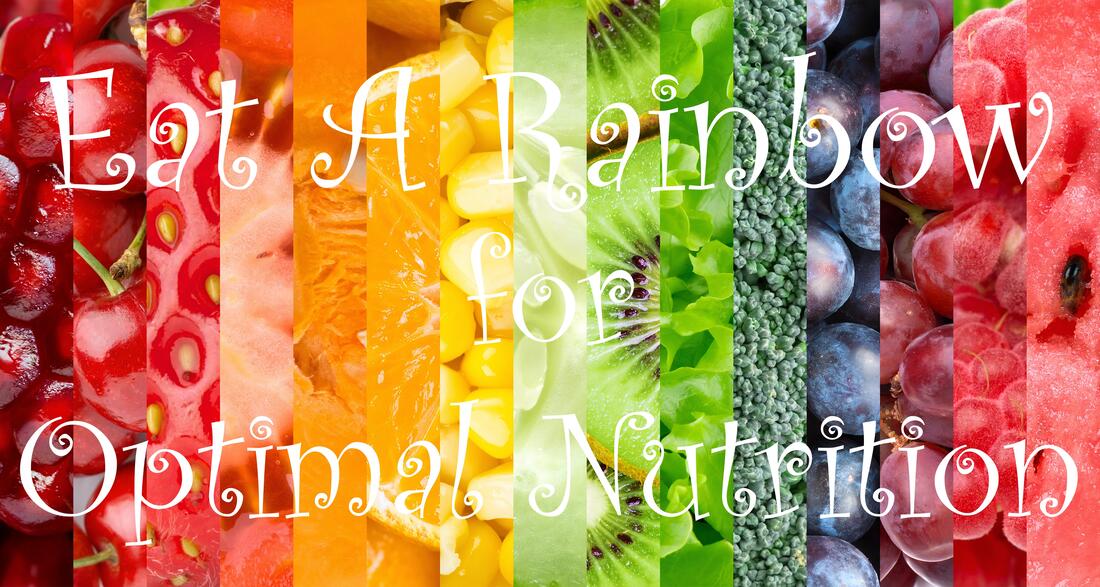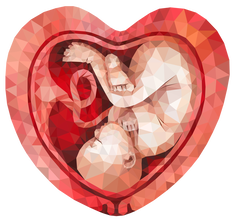Loving Support for Growing Families...
WELLNESS TOOL KITS
|
Every person, family, and community has unique needs and circumstances which impact their overall health and wellness. All of these factors are inter-related and each one has influence on the rest. Taking steps to improve your wellbeing in any of these categories will have ripple effects throughout the rest of your life.
|
Explore some of those WELLNESS ELEMENTS and find resources below:
|
Mental
Stress effects every aspect of your life.
Sleep, mood, physical health, relationships, and more.
emotional
Learning how to communicate with others in a way that helps you express your feelings and needs is a crucial step toward emotional stability. Improved communication skills can help you cultivate deeper connections with people in your lives. Non-Violent Communication (NVC), aka Compassionate or Peaceful Communication, is a technique developed by Marshall Rosenberg to help you and your loved ones learn to express your feelings and needs, while also listening for and understanding the feelings and needs of others around you. There are many resources available to learn the techniques of NVC, but my favorite is a children's book called Giraffe Juice. It is available as a free audiobook or e-book HERE. Here are a few .pdf downloads you can use to explore how you are feeling and what you may need:
social
"I get by with a little help from my friends..."
cultural & Spiritual
Cultural health refers to specific health concerns within specific cultures, as well as the overall wellbeing of those individual cultures.
If you live in the Moab, Utah area, check out the Moab Valley Multicultural Center and the Moab Arts and Recreation Center. Both organizations offer many opportunities for community togetherness, cultural education and expression, and a place to connect. Environmental
Your environmental health is impacted by the various places where you spend a lot of time -- your home, work, school, and community. Factors which can effect your health include exposure to toxins such as air and water pollution, lead and other industrial pollutants, cleaning and body care products, pesticides, and much more. Other environmental health factors include the cleanliness/tidiness of your home, the lighting and atmosphere, allergens, safety concerns, and much more.
Physical
PRENATAL & POSTPARTUM NUTRITIONAL NEEDS
Detailed information about prenatal & postpartum nutritional needs coming soon. |

